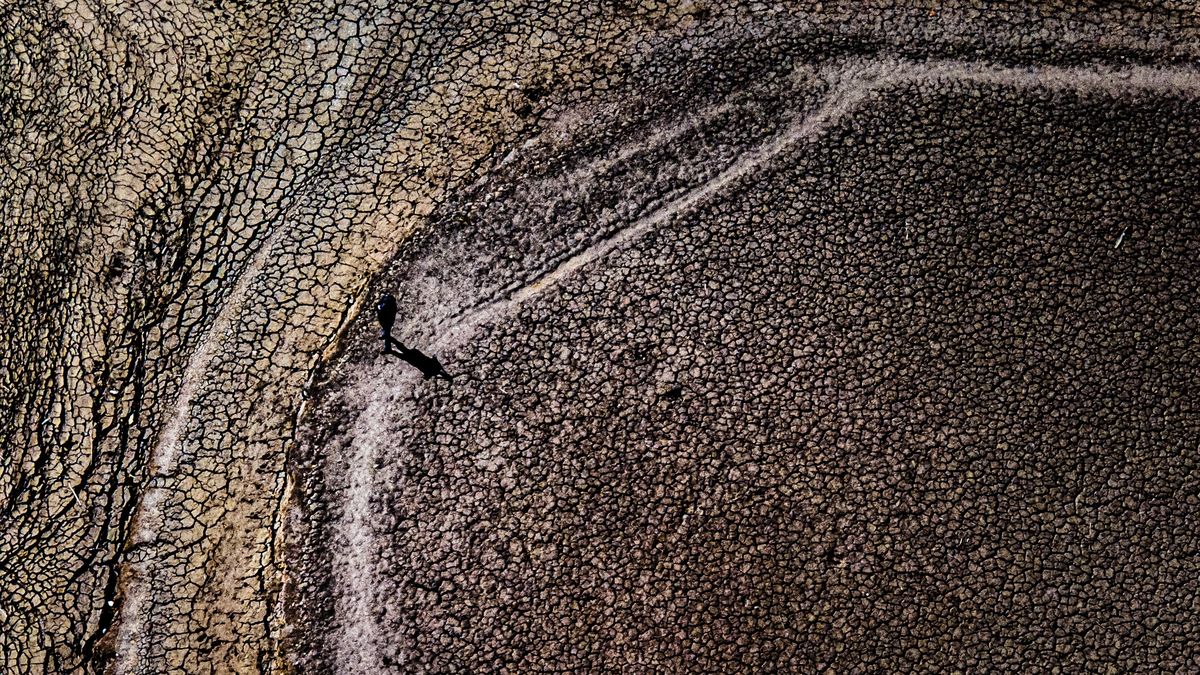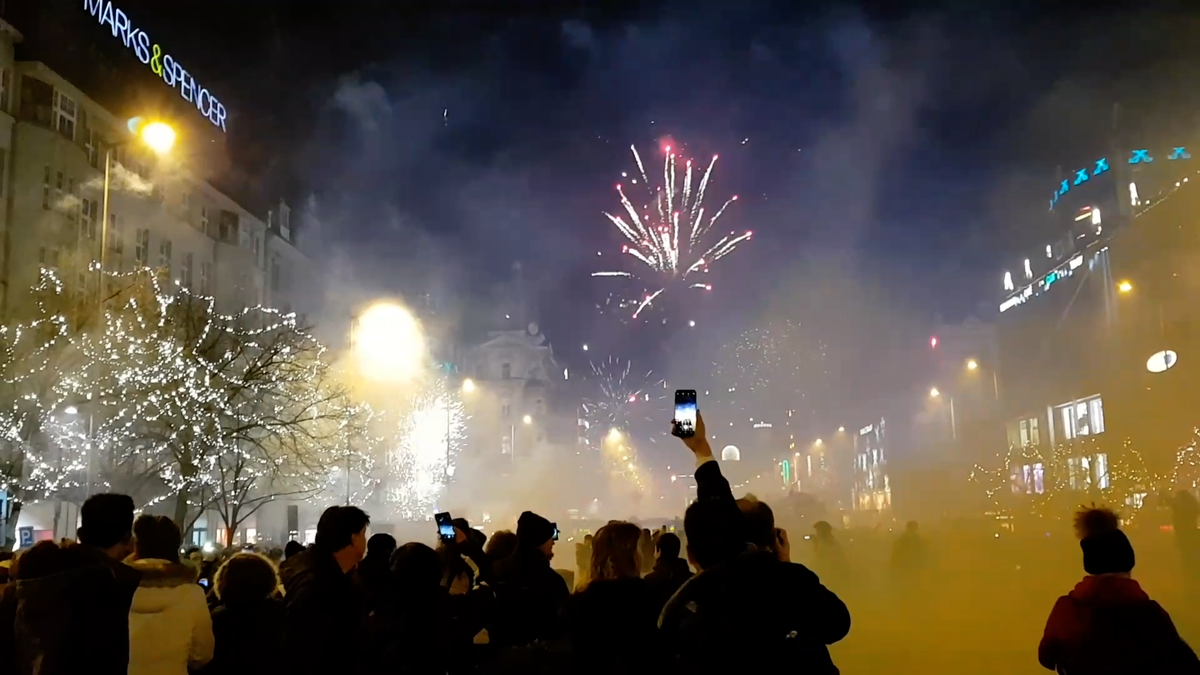Street names reflect history itself, both through their personalities and according to the events on which they were named. Today, you’ll hardly find a city without streets named after the first president of Czechoslovakia, Tomáš Garrigue Masaryk. But you’d be surprised: Masaryk was not among the first three streets to be named after Czech historical figures, Seznam Zprávy found.
A bunch of political fallacies
But let’s start a little differently. Streets are not always given the same name, but are renamed. The reasons are well known: most often associated with regime changes or other truly groundbreaking events.
This is shown beautifully on the famous street in Pilsen, which today bears the name Americká and still holds the record for the greatest number of name changes. Founded in 1868 under the name Stodolní. Since then, this road or half of it has been renamed as on a conveyor belt. This is where history reflects well:
Since 1873 it has been called Jungmann: the centenary of the birth of Josef Jungmann is celebrated.
In 1913, the Franz Josef I bridge was built across the Radbuz river in Pilsen, and part of the way from the bridge to the station is also named after the then king.
Since 1918 Wilsonova: with the formation of Czechoslovakia after the First World War, the bridge and the section of road leading to the station were named after American presidents.
During the Second World War in 1940, the eastern section of Americká Street was renamed Karel IV Street. (the king is considered one of the greatest Germans in the history of our neighbors), the western later in 1941 became the Victory class.
See Liberation of the Republic
The following map of the Czech Republic shows how the liberation history of 1945 that we still remember is reflected in the street names.
Pressing the “play” button will start an animation showing street names according to the date of the city’s liberation from Nazism. Here you can see the progress of the Liberation Army in April and May 1945 across the Czech Republic from Hodonín by 12. April Street to Milín near Příbram, where the last shots of the Second World War were fired on Czech territory and where 11. Května Street is.
On the map, you can also easily see which parts of the Czech Republic were liberated by which foreign armies – Soviet, American, as well as Polish and Romanian, by street names.
[1945inthestreetname
We covered this topic in greater detail last year, including the names of streets named after the liberation army.
And now back to Americká Street – we’re not done yet. After the war the street was called Stalinova, the east section near the railway station briefly reverted to its original name Wilsonova, then – this time the entire street – was merged with the name Stalinova. Following the rejection of Stalin’s personality cult after his death in 1953, the street was renamed Moskevska, then after General Ludvík Svoboda, then changed back to Moskevska. The name survived until the fall of communism, when the street was given its current name Americká. Simply because Pilsen was liberated in 1945 by American soldiers led by the famous General Patton.
Personality written on the streets
Surprisingly, Tomáš Garrigue Masaryk did not take first place among these figures, but the trio Jan Amos Komenský, Jan Hus and Miroslav Tyrš. There is visible gender inequality in naming: most streets are named (in the Czech Republic’s three largest cities) after men’s names, while ten times fewer women (Praha) and twenty times fewer (Brno, Ostrava). Among the women, the writer Bozena Němcová is the most frequently used street name.
Fun fact: in recent years, Austria’s capital, Vienna, has focused on commemorating important female figures in street names, and particularly in new construction, keeping this in mind.
“Colorful Path”
One way to see street names is also through the colors used to name the streets.
The most common “colored street” in the Czech Republic is Zelená, which occurs 90 times in the Czech Republic. In contrast, there is only one Brown (in Silesian Petřvald), as well as the already mentioned Azure, Salmon, Olive, or Platinum in Senec (part of Zruče-Sence). Then there are two Violets and Wine (in Brno and Cheb, respectively in Březí and Zruči-Senc), Orange three. For example, there are Černá and Bílé streets, but no Šédé or Šedivé streets.
The resulting map also shows some interesting regional differences. In Vysočina, of the “colored streets”, only Green is represented. In contrast, in the Olomouc and Pilsen Regions there are more Rainbow Streets than Green Streets.
The largest concentration of Černých/Hnědý roads are in Czech Silesia, there are four out of a total of 11 roads throughout CR.
Apart from Pilsen itself and its surroundings, there is not a single “colorful street” in the entire Pilsen area.
Czech’s westernmost “colorful street” is Zelená in Aš, easternmost Černá in Třinec.

“Certified bacon geek. Evil social media fanatic. Music practitioner. Communicator.”







